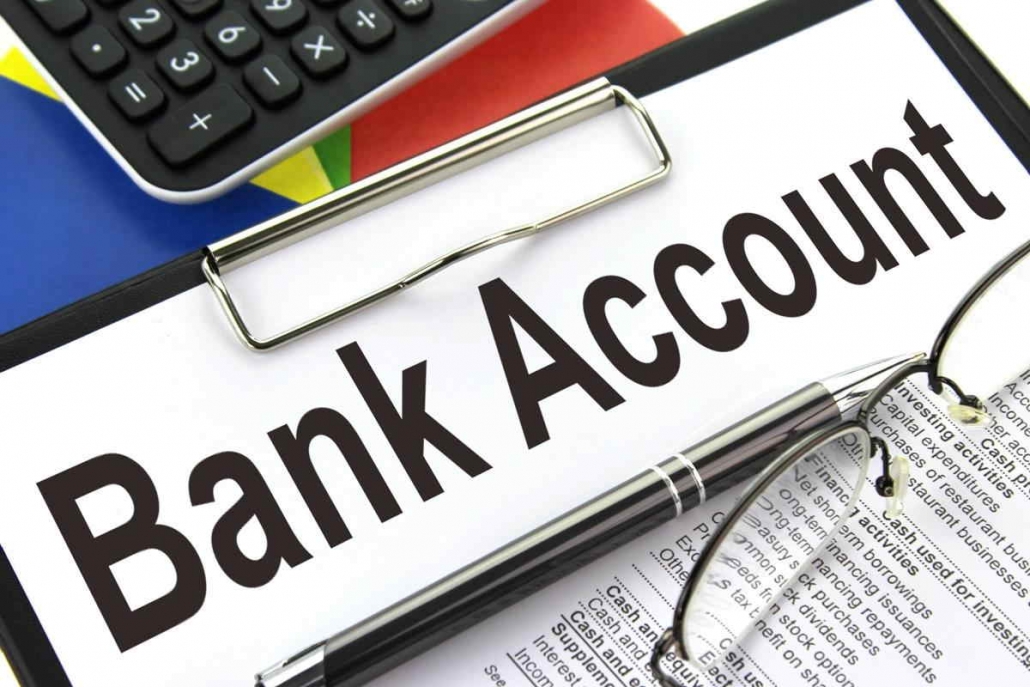Saving money can feel like a tough discipline. Inflation continues to cast a gloom over the horizon and pandemic pressures are still squeezing bank accounts. This can make it feel impossible to save up for something as trivial as a new TV or even a latte on the way to work.
The good news is that you don’t have to set up a grand saving scheme to set a little money aside. In fact, there are many ways you can save money with minimal effort …if you know how. Here are a few of the best ways to boost your bank account with barely any effort from you.
Get a Round-Up Debit Card
One of the simplest ways to effortlessly save money is by putting your savings on autopilot. This means creating a system where money is transferred into your savings account through the trigger of something like making a purchase.
In order to do this, you need to find an app or debit card that lets you make round-up purchases. All this does is round each purchase up (usually to the nearest dollar) and transfer the difference into your savings account.
For example, if you buy a latte for $2.06, a round-up debit card will round the charge up to $3.00, instantly plunking $.94 into your savings account.
This may not sound like a lot, and in the moment, it isn’t. But if you make dozens of purchases every month, the savings can add up fast.
Utilize a Good Budget
Your budget is your financial best friend. It gives you a clear idea of how much income and how many expenses you have. A budget tends to be a great source of information. However, it can also be a powerful tool in the battle to save some of your hard-earned cash.
Some of these budget-related savings come without trying. For instance, as you record expenses, you may find that you don’t have enough cash to eat out twice a week like you’ve been doing. By cutting this spending out of your expenses, you may end up freeing up funds that can go toward a savings account.
In addition, when you sit down to do your budget, it can provide a perfect opportunity to set aside a recurring amount into your savings. It doesn’t matter if you squirrel away $10, $100, or $1,000 a month. By making this habit part of your budgeting activities, you can give your savings a boost with next-to-no effort.
Prioritize Your Spending
Once you have a good budget, you can begin to use it to prioritize your spending. This consists of lining up your financial expenses by order of value.
By getting a sense of importance for each purchase, you can begin to weed out items that can wait until you have more money. A great way to help you with this process is to exercise the 30-Day Rule.
If you want to buy something that isn’t a priority, give yourself a month to decide if you still want it. If a month goes by and you still think the item has value, you can buy it. If you find that you don’t need it anymore, you can stash the cash in your savings.
Generate a Targeted Side Income
Side hustles are all the rage these days. You can make a little money on the side in a nearly infinite number of ways at this point. A few examples of common side hustles include:
- Freelance writing;
- Personal shopping;
- Rideshare driving;
- Filling out surveys.
These kinds of activities can present a lot of great opportunities to generate some additional income. This is great on its own, but if you want to improve your savings, it’s important to target your efforts toward your savings account.
Look for simple, interesting side gigs that grab your attention. These are the ones that tend to feel like minimal effort. Then, whenever you choose to earn a little money on the side, take a predetermined amount of it out and put it right into your savings account.
Invest in ETFs
If you’re interested in growing your financial acumen and saving some easy money at the same time, consider looking into investing. In particular, look at purchasing some ETFs.
Electronically traded funds, or ETFs for short, are a great form of investment for beginners. Purchasing an ETF based on something like an S&P 500 index fund is a safe and savvy way to slowly generate some cash.
An ETF of this nature will closely track the S&P 500 index. This spreads out risk and tends to lead to slow but steady growth.
Along with the increase of the ETF itself, this can also grow your savings because you put money into the stock itself. If you purchase an ETF for $300 and sell it a year later for $330, you didn’t just make $30. You also saved $300 that you might have otherwise spent.
The only thing to beware of with this tactic is that if you need your savings and the stock market is at a low point, you may have to sell at a loss. Buying ETFs is a better strategy for long-term savings that you can cash in when the markets are doing well.
Saving money can be challenging. Doing so with little-to-no effort can feel next to impossible.
If you’re willing to strategize, though, you can find plenty of ways to set aside money over time. From round-up debit cards to the 30-Day Rule to investing in EFTs, take the time to consider your savings options.
Then choose the strategy that best fits your particular situation and financial temperament. Once you’ve got things set up, you can sit back and let your new savings system do its thing …and then reap the benefits in the future.

